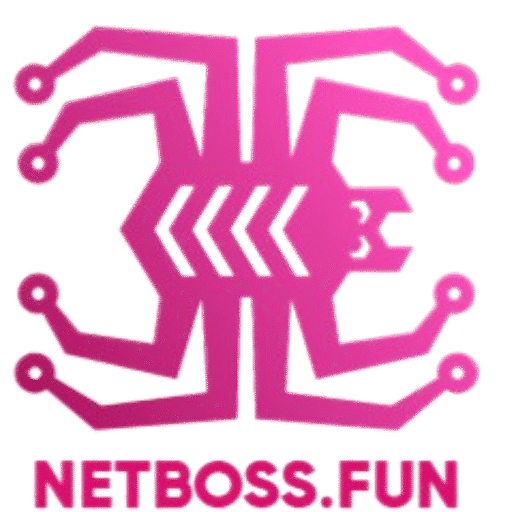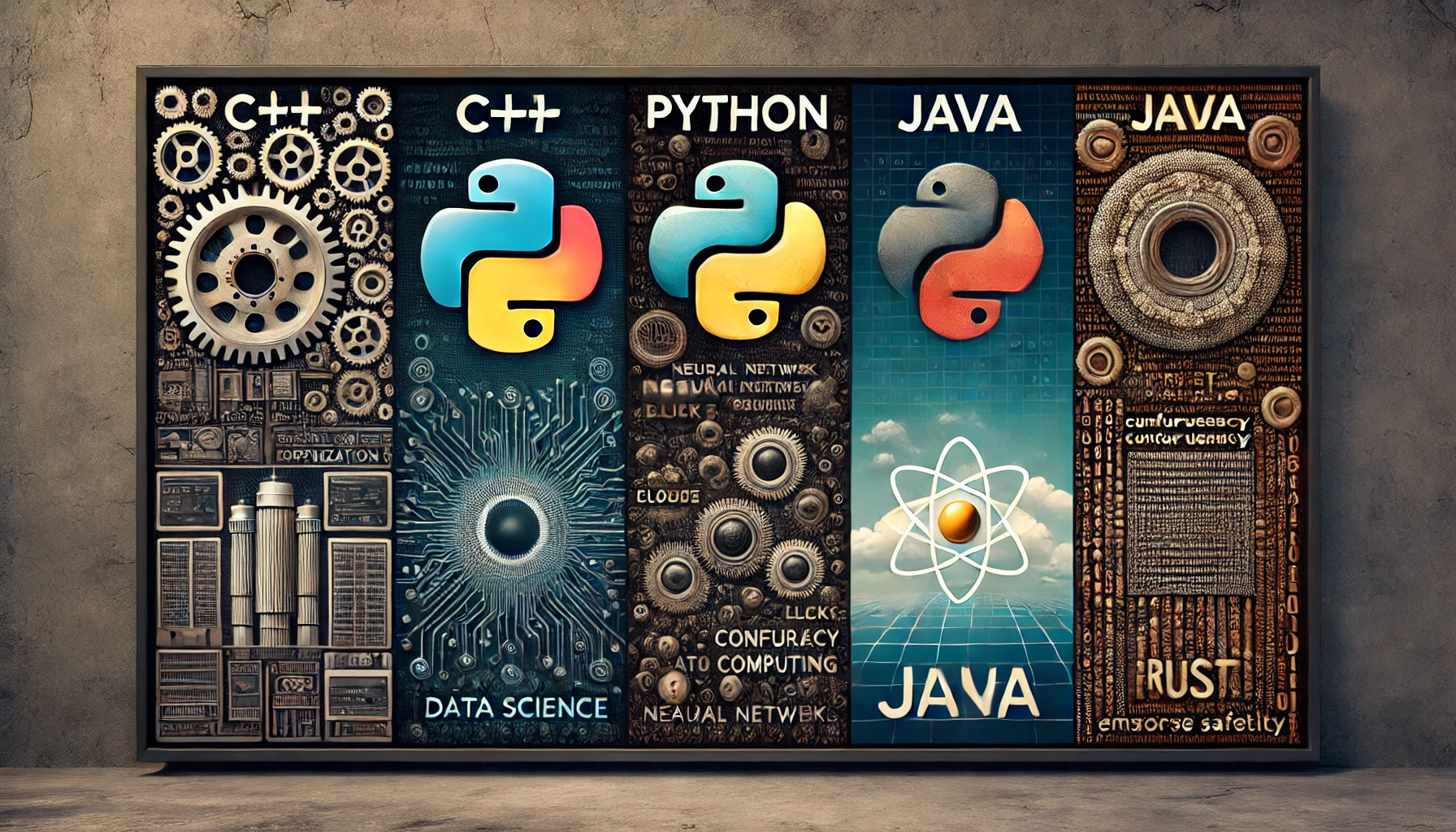Introduction to Programming Languages
Programming languages serve as the backbone of software development, enabling developers to communicate with machines and define instructions that computers can execute. At their core, these languages are designed to facilitate human-computer interaction by establishing a set of syntax and semantics. Understanding programming languages is essential for anyone looking to navigate the tech industry, as they provide the tools necessary for creating applications, websites, and systems that power modern technology.
The evolution of programming languages has been remarkable, with each iteration building upon the successes and weaknesses of its predecessors. Early programming languages, such as Assembly and Fortran, were closely tied to machine code, allowing only minimal abstraction from the hardware. However, as computational needs transformed, higher-level programming languages like C, Python, and Java emerged, offering greater abstraction and ease of use. This shift has enabled developers to write more complex and efficient code with less effort.
Each programming language specializes in handling specific development needs, catering to different areas such as web development, data analysis, or system programming. This diversity allows developers to choose the most suitable language for their project objectives, whether they require precise control over hardware resources or rapid development cycles. Understanding the basic differences between low-level and high-level programming languages is crucial; low-level languages provide more control and efficiency, while high-level languages prioritize readability and ease of use.
In the tech industry, the importance of learning various programming languages cannot be overstated, as it equips aspiring developers with a versatile skill set tailored to meet the demands of contemporary software projects. With a myriad of languages available, each with its unique characteristics and applications, a robust understanding of this spectrum is essential for success in the programming field.
From Frontend to Backend: Understanding HTML and Its Role
HTML, or Hypertext Markup Language, serves as the foundational building block of web development, providing the essential structure for web pages. As a markup language, HTML utilizes tags to organize content, allowing developers to define elements such as headings, paragraphs, links, images, and more. These components create a cohesive layout that enhances the user experience. Understanding HTML is fundamental for anyone looking to delve into frontend development, as it dictates how content is displayed in web browsers.
The core components of HTML include its structure and semantics. The structure is established through various elements, like the <div> and <span> tags, which group content effectively, while semantics involve using appropriate tags to convey meaning. For instance, using <article> for articles or <header> for page headers improves accessibility and search engine optimization (SEO). These strategic elements work together to enhance the clarity of content, both for users and search engines.
HTML does not function in isolation; it integrates seamlessly with Cascading Style Sheets (CSS) and JavaScript, further allowing for the creation of dynamic and responsive web pages. CSS styles the HTML structure, making it visually appealing, while JavaScript adds interactivity. Practical applications of HTML are abundant, ranging from building simple personal portfolios to complex e-commerce sites. For example, developers can construct a basic webpage with an <header> showcasing a logo and navigation menu, while the <main> section displays various product listings.
For those looking to master HTML, numerous resources are available, including online courses, interactive coding platforms, and comprehensive documentation. As web technologies continue to evolve, understanding HTML remains pertinent, making it a critical skill for budding web developers and those seeking to enhance their technical proficiency.
Progressing Through the Stack: JavaScript and Backend Technologies
JavaScript holds a pivotal role in front-end web development, providing the necessary functionality for creating interactive and dynamic web pages. Renowned for its simple syntax and versatility, JavaScript has evolved into a universal programming language. It allows developers to program behavior directly in the browser, enhancing user interfaces that rely heavily on real-time updates and interactivity. This agility makes it an ideal companion to HTML and CSS, allowing seamless integration to develop responsive web applications.
The core features of JavaScript, including variables, functions, and event handling, enable developers to manipulate the Document Object Model (DOM) effectively, ensuring an engaging user experience. By allowing scripts to respond to user actions, such as clicks and keyboard input, JavaScript empowers creators to build rich interface elements like modals, sliders, and form validations. The language’s broad ecosystem of libraries and frameworks, such as React, Angular, and Vue.js, further augment its capabilities, streamlining the development process and making it easier to maintain complex applications.
Moving beyond front-end development, JavaScript also finds its application in backend technologies, primarily through the use of Node.js. Node.js revolutionizes server-side development by enabling JavaScript to operate outside the browser environment, allowing for the creation of full-stack applications with a unified programming language. By utilizing Node.js, developers can build scalable network applications and RESTful APIs, tapping into various databases such as MongoDB, PostgreSQL, and MySQL. This architecture empowers developers to harness JavaScript across the entire tech stack, significantly increasing productivity and consistency in codebases.
For those looking to enhance their skill set, numerous resources are available to explore JavaScript and backend technologies. Online platforms such as freeCodeCamp, Codecademy, and MDN Web Docs offer extensive tutorials and documentation for aspiring developers. Additionally, engaging in community forums and contributing to open-source projects can provide practical experience, thereby solidifying one’s understanding of both frontend and backend implementation through JavaScript.
Diving into Systems Programming: The Power of Rust
Rust is a systems programming language that has quickly gained popularity due to its emphasis on performance, reliability, and memory safety. Unlike traditional languages that may require manual memory management, Rust’s unique features such as ownership and borrowing fundamentally alter how developers approach code safety and concurrency. Ownership dictates that each value in Rust has a single owner, which eliminates data races and ensures memory is freed immediately when it goes out of scope. Borrowing allows temporary access to a value without transferring ownership, fostering safer concurrent programming by reducing the odds of unexpected behavior.
The advantages of utilizing Rust are numerous. As a statically typed language, it promotes early error detection, which can significantly decrease debugging time in larger projects. This characteristic, combined with zero-cost abstractions, lets developers write high-level code without sacrificing performance. Consequently, Rust is an excellent choice for applications that demand close-to-the-metal performance, such as operating systems, device drivers, and game development. The growing support for web assembly also positions Rust as a versatile tool for web applications, enabling near-native performance in browser environments.
For those looking to embark on their Rust programming journey, there are numerous resources available. The official Rust website provides an extensive documentation library, including “The Rust Programming Language” book, commonly known as “The Book,” which is an excellent starting point for beginners. The Rust community is renowned for its friendliness and inclusivity, often assisting newcomers through forums, Discord channels, and community meetups, which can significantly enhance the learning experience. By leveraging these resources, transitioning into Rust can be a rewarding endeavor, opening doors to advanced programming capabilities that many modern applications require.


No responses yet